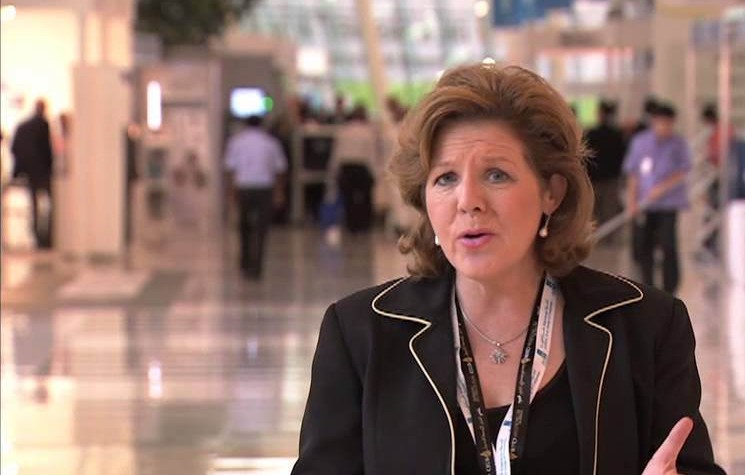Oil prices continue to climb despite the fundamentals remaining out of balance

By Eithne Trreanor
The oil price seems to have found a new level as investors and traders ponder the state of the market in the sixties. The dollar remains strong, supply remains more than ample and the fundamentals remain out of balance. In early trading on Friday, Brent crude was still close to a healthy US$67 with WTI close to US$60 a barrel.
The market will be looking at new rig count figures with interest after last week’s figures showed a slow-down. The US rotary rig count from Baker Hughes was down 11 at 894 for the week of May 8, 2015. It was 961 rigs, 51.8 per cent lower than last year.
According to WTRG Economics, “Year-over-year oil exploration in the U.S. is down 56.3 per cent. Gas exploration is down 31.6 percent.” With this stability in prices, there are fears that some American shale players could get back into the market, adding rigs and production.
Analysts are not all convinced that prices will maintain strength. UBS issued a note to clients this week warning of “loose underlying fundamentals despite price optimism,” and cautioned it was “too early” to call as the market showed no signs of tightening. Goldman Sachs warned that oil was now trading at a premium without taking into account the weak fundamentals include rising stockpiles of oil.
The bank estimates that with current production growth, the global oil market could be oversupplied by 1.9 million barrels per day in the second quarter of 2015. Production growth is expected next year from low-cost producers such as Saudi Arabia, Iraq and Russia.
The International Energy Agency agrees that more oil may come on the market, and said that while it sees US shale-oil output growth slowing, there are still other producers like Russia and Saudi Arabia ramping up production.
The Russian deputy energy minister Kirill Molodtsov said that Russian producers were “comfortable” with the current price of oil, and analysts now wonder if Russia will be less willing to collaborate with OPEC to reduce production.
Russia’s official news agency, TASS reported that the Russian energy minister, Alexander Novak would meet with OPEC ministers in June in advance of OPEC’s summer conference. Novak is a speaker at OPEC’s bi-annual OPEC Seminar in Vienna and his spokesperson Olga Golant told TASS that the ministry has been “holding bilateral meetings” with many of the key OPEC producers in recent months.
US crude stocks fell more than expected by 2.2 million barrels a day in the week ending 8 May, with inventories in Cushing down by a million barrels a day. Gasoline stocks were also down by just over a million barrels and distillates were down less than expected at 2.5 million barrels a day.
Commenting on this drop, Capital Economics in London says, “if the drawdown continues at the current rate it will take another year before stocks are back to more normal levels.”
While this week’s data may have provided some small amount of support to oil prices, Capital says that “stocks are still enormous and any downward trend in US oil production is in no way certain yet but this should limit the upside for prices over the rest of this year.”
President Barak Obama met with leaders of the Gulf Cooperation Council at Camp David this week and reassured them that the US was committed to security in the region. The state of relations between the GCC and Iran was high on the agenda but the president played down any threat, and added that no sanctions would be lifted on Iran unless the Iranian government adhered to the strict terms of the deal.
The oil market was not affected by skirmish in the Strait of Hormuz this week where Iranian gunships fired on a vessel sailing under a Singapore flag. This is the second time in two weeks that Iranian naval boats have fired on commercial ships in the region.
American senators from North Dakota and Alaska have introduced preliminary legislation that would lift the 40-year-old US ban on most crude oil exports. The bill would put crude and a light oil known as condensate on the same legal footing as gasoline, diesel and other petroleum products.These products are currently being exported freely without any special Commerce Department licenses.
About a dozen senators are co-sponsoring the bill led by Heidi Heitkamp from North Dakota. Heitkamp said it was about time that the industry got an “upgrade” away from the “outdated” 1970’s ban on exporting crude. The bill needs the support of 60 senators before it can progress to the next step.
OPEC issued its monthly oil market report this week and said it expects 2015 global demand growth to rise by 1.18 million barrels per day compared to last month’s estimate of 1.17 million barrels. Most of this demand is expected to come from China and the Middle East. The organisation says it sees some health coming back to the market and expects that global demand for oil will reach 92.50 million barrels a day.
http://www.opec.org/opec_web/en/multimedia/351.htm
Comments (0)